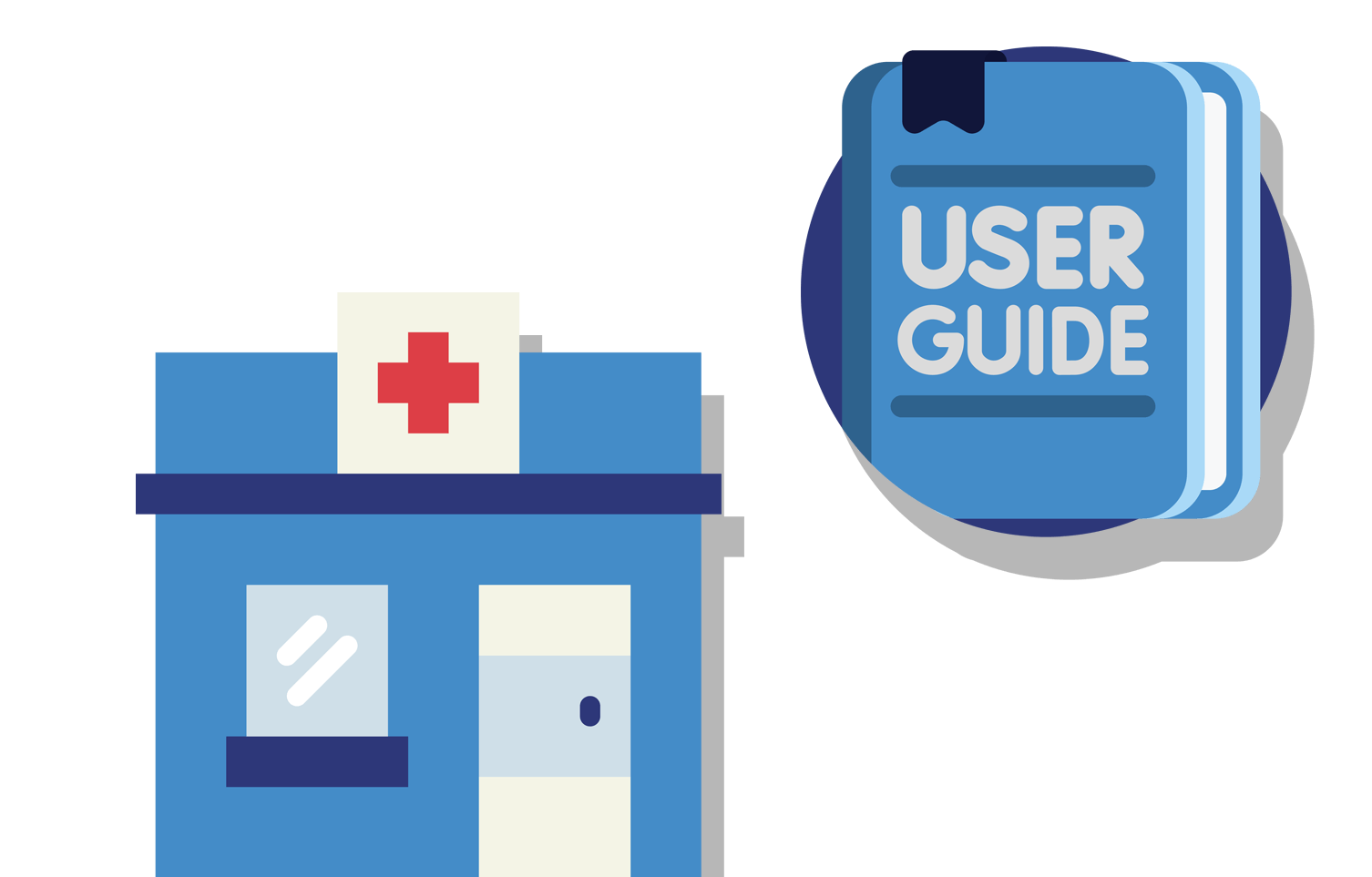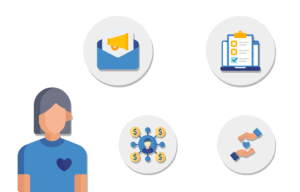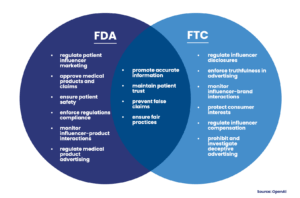The Emergence of Patient Influencer Marketing in the Healthcare Landscape
In the ever-evolving landscape of the healthcare industry, digital health advancements have propelled the advent of new and impactful marketing channels. One such innovative channel is patient influencer marketing, where patients with specific health conditions or diseases serve as influencers, sharing their unique experiences and insights with a broader audience. This marketing strategy, transcending traditional healthcare marketing avenues, offers numerous advantages and is gaining significant traction among key players in the healthcare sector, including big pharma, biotech, healthtech, medtech, hospitals, and health insurance providers.
Patient influencers have become an invaluable asset in digital health, medtech, and healthtech industries, aiding in product adoption and enhancing brand affinity by relaying their own experiences and perspectives. By navigating the patient journey firsthand, these influencers provide a relatable touchpoint to potential users, enhancing patient experience while simultaneously meeting unmet needs in patient care.
This comprehensive guide delves into the multifaceted benefits of patient influencer marketing, underlining why it emerges as a more effective, engaging, and cost-efficient method to market healthcare products and services. We aim to provide insights into how patient influencers can be a part of your marketing strategy, helping you to navigate the trends, sentiments, and market insights in the healthcare landscape.
Building Trust through Authenticity: The Personal Perspective of Patient Influencers
Patient influencers, due to their firsthand experience with specific health conditions, are often perceived as more credible and relatable sources of information. They bring a unique patient perspective into the mix, enhancing the authenticity and trustworthiness of the message. According to a survey conducted by the healthcare communications agency, W2O Group, a staggering 72% of consumers place greater trust in medical information shared by patient influencers than that shared by healthcare professionals. This is a testament to the power of personal narratives in bridging the gap between healthcare providers and patients.
Furthermore, as these influencers have traversed the patient journey themselves, their insights strike a chord with the audience on a much deeper level. This relatability leads to higher engagement rates. A study by the Journal of Medical Marketing showed that patient influencer campaigns achieved engagement rates three times higher than campaigns without patient influencers. This elevated engagement can be attributed to the influencers’ ability to empathize with their audience’s symptoms, experiences, and unmet needs, creating a strong bond that traditional marketing strategies often fail to establish.
The role of patient influencers is not confined to increasing engagement alone. Their contributions extend to social media listening, as their posts and interactions provide a wealth of information about the patient experience, unmet needs, and the general sentiment towards specific health issues or products. In essence, patient influencers become a key part of market research, providing real-time feedback and trends to healthcare companies. By using this feedback, companies can fine-tune their products and services, ensure market access, and meet the evolving needs of their audience.
In the era of digital therapeutics and remote patient monitoring, patient influencers serve as the human touchpoint in a technology-driven landscape, reinforcing the message that behind every data point is a real person with real experiences. Their stories and perspectives, coupled with the broader healthcare market insights, create a comprehensive picture, bridging the gap between technology and patient care.
Reaching the Right Ears: Patient Influencers and the Power of a Targeted Audience
One of the inherent advantages of patient influencer marketing is the opportunity it presents to reach a highly targeted audience. Patient influencers attract a naturally engaged audience, composed largely of individuals interested in the specific health condition or disease the influencer discusses. This laser-focused audience allows healthcare companies to tailor their messaging, resulting in an interest in their products or services that is far more likely to convert into tangible action.
The targeted reach offered by patient influencers can yield higher conversions and a better return on investment, a crucial aspect for any marketing campaign. A study by the Journal of Medical Internet Research found that patient influencer campaigns had conversion rates 4.5 times higher than non-patient influencer campaigns. The reason for this lies in the power of shared experiences, and the trust that patient influencers cultivate with their audience. They foster a sense of community where individuals facing similar health issues can connect, share experiences, and learn from each other. When a trusted member of this community recommends a product or service, it resonates more deeply with the audience.
Patient influencers also have the power to shape the patient journey, offering a platform for sharing experiences, discussing symptoms, exploring treatment options, and providing support. This directly impacts “direct-to-patient” approaches, enabling healthcare companies to have a more personalized connection with their audience. Furthermore, their role becomes crucial in healthcare market research, providing real-time insights about patients’ needs, experiences, and preferences.
Empowering Patients, Building Trust: The Intangible Benefits of Patient Influencer Marketing
Patient influencer marketing is not just about promoting a product or a service; it’s about empowering patients and building trust between healthcare companies and their audience. Collaborating with patient influencers enables healthcare companies to demonstrate their commitment to improving patient outcomes and their willingness to listen and learn from patients’ experiences. This fosters a relationship of trust and understanding that extends beyond the conventional provider-patient relationship.
Sharing their personal stories and experiences, patient influencers help create an impact that extends beyond individual patients and resonates with their families and caregivers as well. This heightened level of engagement and participation has tangible benefits for patients. According to a study by the Journal of Medical Internet Research, patient influencer campaigns focusing on patient education and empowerment had a positive impact on patient outcomes, including increased medication adherence and improved health outcomes.
Beyond improving health outcomes, patient influencers can also shape trends in the healthcare market. Their unique position allows them to be at the forefront of healthcare innovations, often being the first to adopt and share new digital health solutions, wellness apps, or telemedicine services. They become key opinion leaders, guiding their audience through the rapidly evolving healthcare landscape.
Cost-Effectiveness: Maximizing Impact While Minimizing Costs
Despite the tangible and intangible benefits patient influencer marketing brings, healthcare companies often grapple with managing costs. Here, patient influencer marketing stands out as a cost-effective strategy. Compared to celebrity influencers or large-scale traditional marketing campaigns, patient influencers can provide a more affordable alternative. Their reach, while smaller, is more targeted and therefore more likely to lead to conversions.
A report by Business Insider indicated that the influencer marketing industry is set to be worth up to $15 billion by 2022, up from as much as $8 billion in 2019. The growth in the industry, coupled with the cost-effectiveness of patient influencer marketing, makes it an increasingly attractive option for healthcare companies, irrespective of their size or marketing budget.
Navigating the World of Patient Influencers: Finding the Perfect Match
Identifying and connecting with the right patient influencers can be a daunting task, considering the myriad of voices on social media platforms. However, innovative solutions such as advanced algorithms and platforms can help healthcare
companies streamline this process. These tools analyze the audience and engagement metrics of potential influencers, ensuring their alignment with the company’s target demographics. In addition, they assess the influencers’ cost-effectiveness and potential return on investment. Such data-driven approaches take the guesswork out of the process and provide a solid foundation for successful collaborations.
Moreover, these advanced algorithms can do more than just identify the right influencers; they can also help monitor and analyze the performance of marketing campaigns. Tools such as sentiment analysis, social media listening, and patient surveys can provide real-time insights into the effectiveness of a campaign. They can reveal how the audience perceives the messaging, the extent of brand affinity, and the unmet needs that the company could address in future campaigns.
Another critical aspect is ensuring that the collaboration with patient influencers adheres to the regulatory guidelines stipulated by organizations like the BfArM. Companies need to ensure that the information shared by patient influencers is accurate, truthful, and includes any necessary risk information associated with the product. Patient influencers themselves should also understand the importance of adhering to these guidelines to maintain the trust they’ve built with their audience.
Finally, remember that the collaboration with patient influencers should be a two-way street. While influencers provide valuable insights and access to a loyal audience, companies have a wealth of knowledge and resources that can support influencers in their advocacy work. Providing them with up-to-date healthcare market reports, insights into pharma market trends, or even supporting them with their own adherence to medication, can enrich their content and help them provide more value to their audience.
The Future of Healthcare Marketing: Embracing the Patient Influencer
In conclusion, patient influencer marketing is a powerful tool in the healthcare marketing arsenal. It offers a unique blend of trust, engagement, and targeted reach that traditional marketing channels struggle to provide. With the rising adoption of digital health solutions, remote patient monitoring, and telemedicine, the role of patient influencers is set to become even more pivotal.
However, to truly harness the power of patient influencer marketing, healthcare companies must not only embrace this strategy but also invest in the tools and insights that can optimize their campaigns. They need to understand and respect the patient journey, leverage market research to identify unmet needs, and continually monitor and adjust their strategies based on real-time feedback and market trends.
With the right approach, patient influencer marketing can go beyond promoting products or services. It can empower patients, build stronger relationships, and ultimately, improve healthcare outcomes. As healthcare continues to evolve in the digital age, companies that understand and leverage the power of patient influencers will be at the forefront of this exciting new era.



